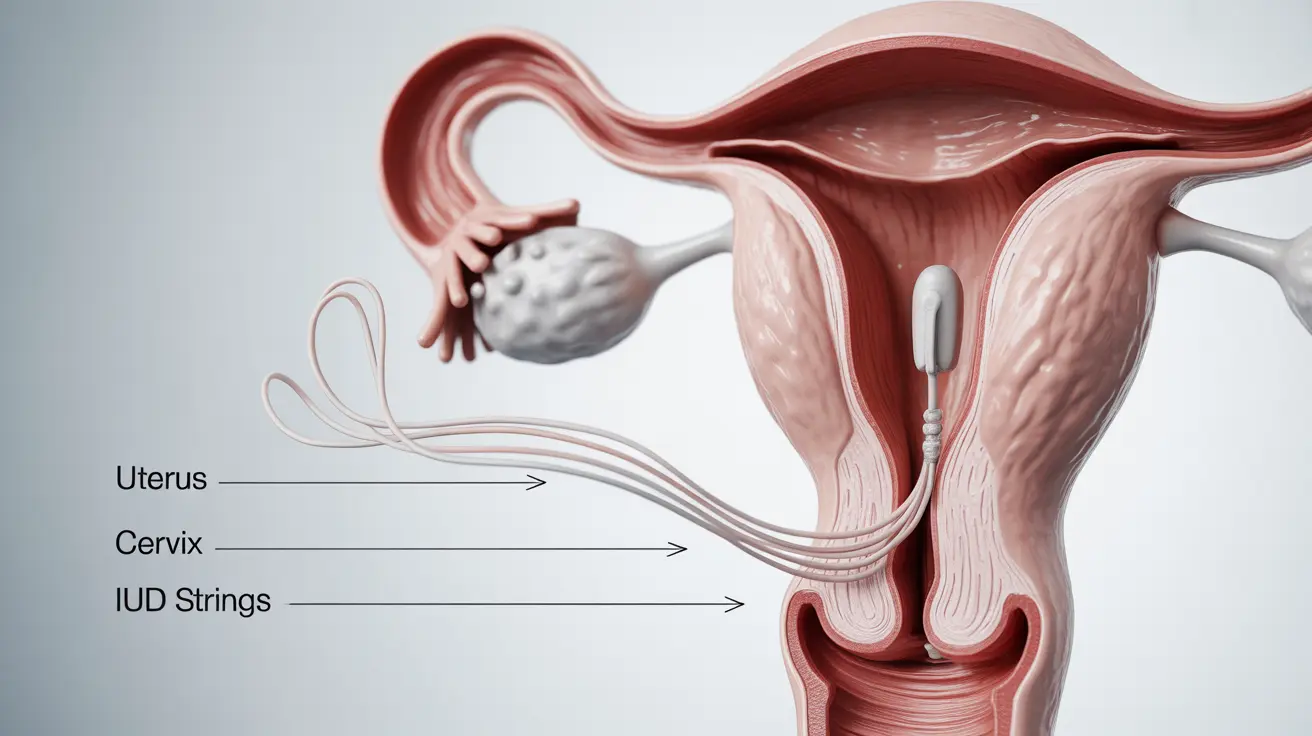Getting an IUD placed is a significant step in your reproductive health journey, and understanding what happens after insertion is crucial for your comfort and peace of mind. One common concern many people have relates to the IUD strings - specifically, how they feel and when they become more comfortable.
In this comprehensive guide, we'll explore everything you need to know about IUD strings, including the softening process, what to expect, and when to seek medical attention.
Understanding IUD Strings: The Basics
IUD strings are thin, flexible threads that extend from the device through the cervix into the vaginal canal. These strings serve two essential purposes: they allow healthcare providers to verify the IUD's proper placement and make removal easier when needed.
The Softening Process: What to Expect
When first inserted, IUD strings may feel slightly stiff or noticeable. This is completely normal and temporary. The strings are designed to soften naturally over time, typically within the first few weeks after insertion.
Initial Feel and Texture
During the first few days after insertion, the strings might feel more rigid or "pokey." This is because they haven't yet adapted to your body's environment and temperature. The strings are made from a special type of medical-grade material that responds to body heat and moisture.
The Softening Timeline
Most people notice their IUD strings becoming softer and more flexible within 2-3 weeks after insertion. However, this timeline can vary from person to person. By the one-month mark, the strings typically curl around the cervix and become much less noticeable.
Managing Discomfort During the Adjustment Period
While waiting for your IUD strings to soften, there are several things you can do to ensure comfort:
- Give your body time to adjust
- Avoid sexual activity if you're experiencing discomfort
- Check string placement regularly but gently
- Keep track of any unusual symptoms
When to Contact Your Healthcare Provider
While some initial adjustment is normal, certain situations warrant medical attention:
- Persistent pain or discomfort
- Unusual bleeding
- Unable to locate strings
- Partner consistently feeling discomfort during intercourse
- Signs of infection (fever, unusual discharge, severe pain)
Frequently Asked Questions
How long does it usually take for IUD strings to soften after insertion?
IUD strings typically begin softening within the first few weeks after insertion, with most people noticing significant softening by 2-3 weeks. The complete softening process usually concludes within one month.
What do IUD strings feel like before and after they soften?
Initially, IUD strings may feel somewhat stiff or wire-like. After softening, they become more flexible and softer to the touch, often curling around the cervix and becoming less noticeable during regular activities.
Is it normal for IUD strings to cause discomfort during sex, and when do they stop?
Some discomfort during sex is normal in the first few weeks after insertion. Once the strings soften and curl around the cervix (typically within 3-4 weeks), most people and their partners no longer notice them during intimate activities.
What should I do if I can no longer feel my IUD strings?
If you can't feel your IUD strings, schedule an appointment with your healthcare provider. They can verify proper placement through examination or ultrasound. Don't attempt to locate the strings aggressively, as this could potentially displace the IUD.
Can I have my IUD strings trimmed if they feel too long or pokey?
Yes, your healthcare provider can trim the strings if they're causing persistent discomfort. However, it's recommended to wait a few weeks first, as the strings often soften and curl naturally, resolving the issue without intervention.




